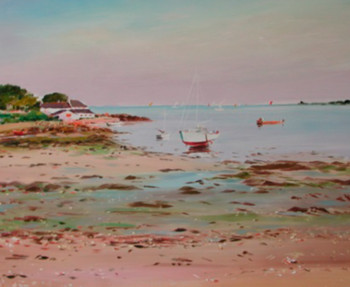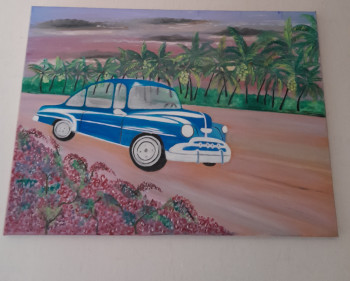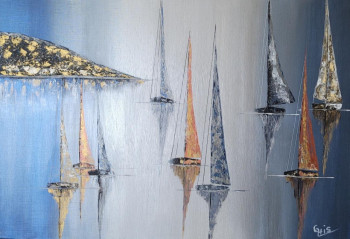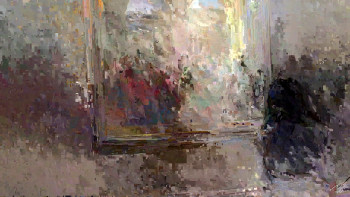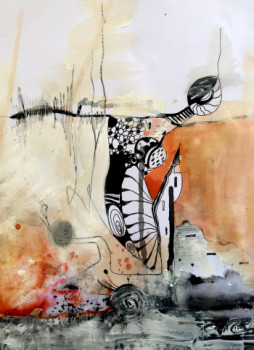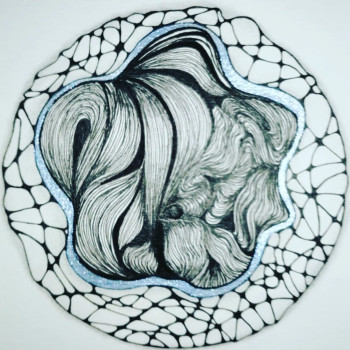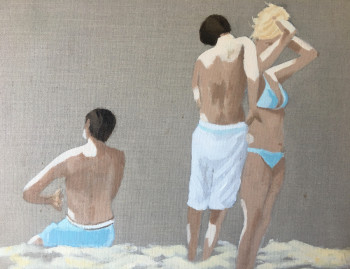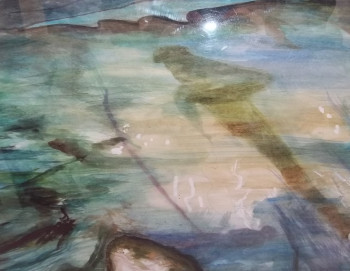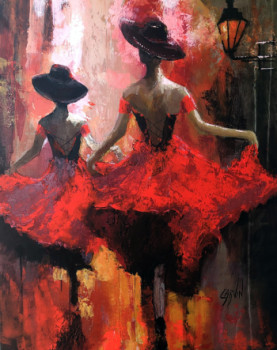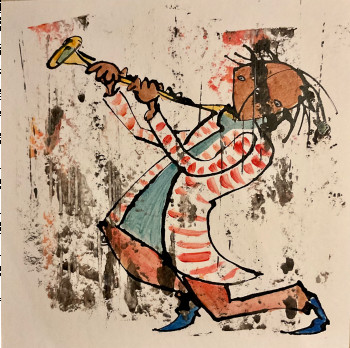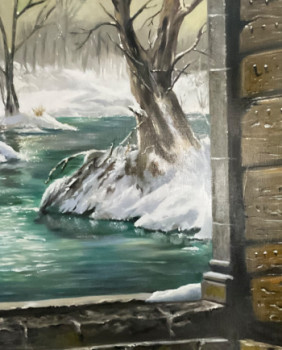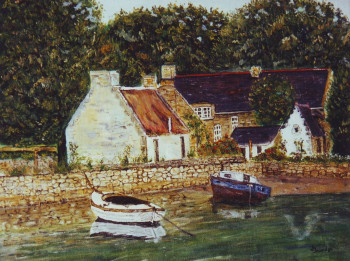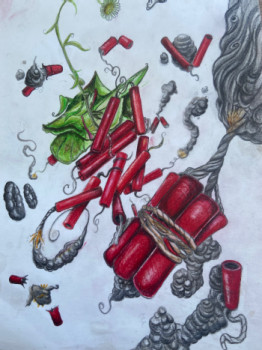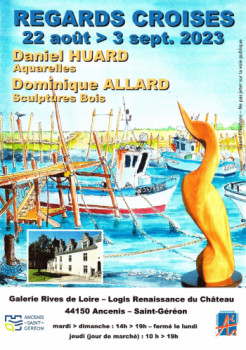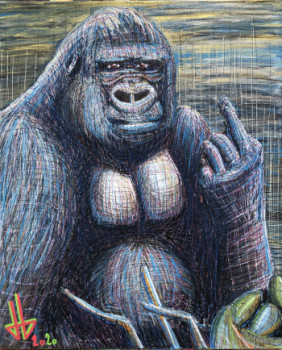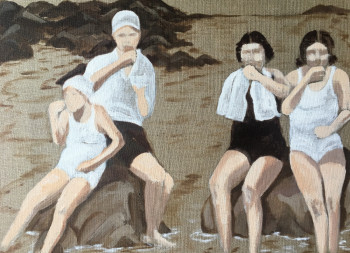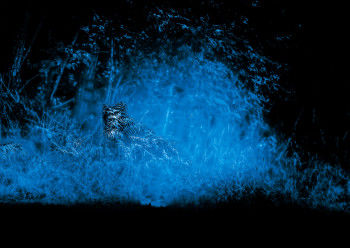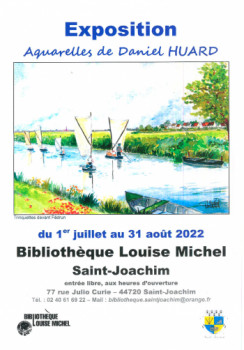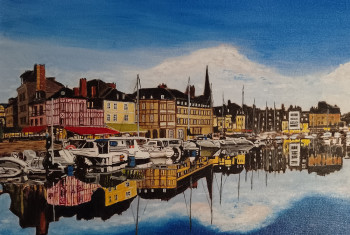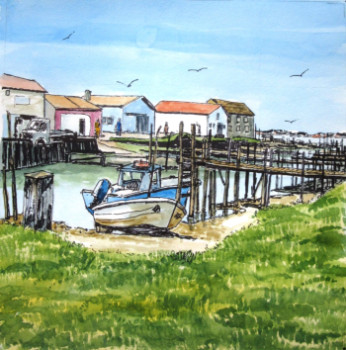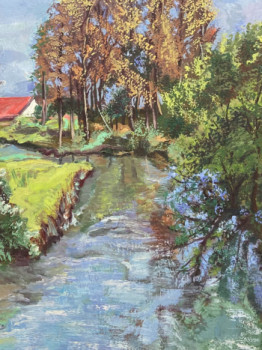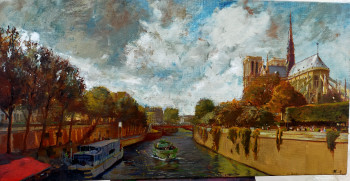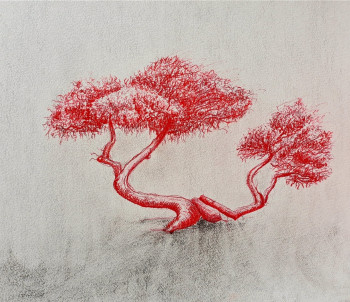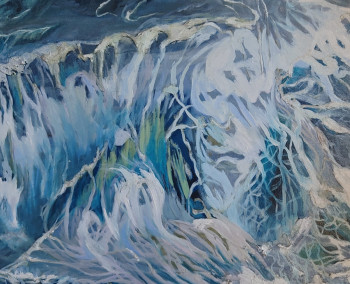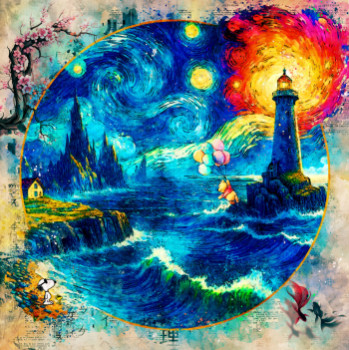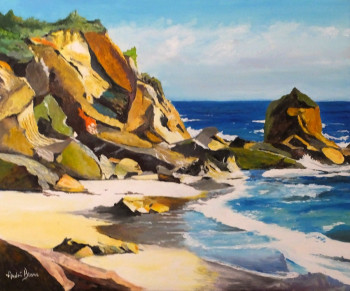
Signac: a non-conformist spirit who marked his era

Signac was a close friend of the painter Georges Seura t with whom he theorized the practice of the pointillist and the divisionist. It was alongside his close friend that the painter becomes one of the symbolic people of the neo-impressionism movement. But it’s It is especially in watercolor that he is recognized as a true master, particularly with the sea as his main subject.
It all started in 1963, when Paul Signac was born in Paris. Paris in a merchant family. It’s From the age of 16 he began painting after having been trained in painting. highly impressed by the impressionist exhibition. This allowed him to discover very fashionable painter s of the time like Claude Monet, Mary Cassatt or even Edgar Degas.
Despite criticism from those around him, he decides to buy a work by Paul Cézanne. But When he was 17, his father died in 1880. This marked a turning point in his life and he decided to stop his studies despite the efforts of his mother who tried to push him to continue. become an architect. But Signac prefers to devote himself fully to his work. painting and a few years later he met Berthe Roblès, a cousin of Pissaro who would later become his wife.
The meeting with Father Tanguy
In 1882, Signac attended a workshop made up of contemporary artists like Emile Blin. This workshop has Montmartre allowed him to meet Father Tanguy. This person had a considerable influence on the development of Impressionism, because he was one of the first people to make an impression. start at take an interest in this new movement.
At this time, Signac created these paintings Port in Bessin and at Asnières, town in which he resides. From the start, the works of Signac correspond to the original. a assemblage of the Impressionists of the period such as Armand Guillaumin and Claude Monet.
Signac exhibits for the first time at the Salon des Artistes Independants
Signac begins at gain experience and improve your skills. master mixed techniques. This allowed him to present two major works, « the swallow at Port-Royal » and « the sun at the Austerlitz Bridge » at the Salon des Artistes Independants. This is the first exhibition of its kind and it took place in 1884. The objective was then to bring together a group of artists who unfortunately were not able to participate in the show official. This time, there is no reward or jury, it is about offering a real space of freedom for students. a maximum of artists.
Moreover, Signac had the chance to chair the Salon des Independants in Paris. starting in 1908 and he would do so for 25 years. For the painter, this salon was of capital importance and he succeeded in achieving this. bring together the main movements to come, that is to say abstract, futuristic and tawny.
The appearance of the pointillist technique
Gradually, Signac put aside his impressionist touch to orient himself in the divisionist technique using for this the work of Eugène Chevreul. This know-how is It relies on a juxtaposition of color nuances on the canvas to obtain a very particular optical effect. It was in 1886 that Signac began to develop his work. exhibiting his first divisionist paintings with « Gasometers » and « The Milliners ». It was also during this exhibition that the term neo-impressionist was used. by the art critic Félix Fénéon.
The death of Georges Seurat
In 1890, Félix Fénéon decided to pass over in silence the previous priority; works of Georges Seurat concerning pointillism. As a result, the two friends lost contact and the following year Seurat died. Signac was deeply upset by this. and he continued these works in the divisionist to become its symbol.
Signac also took matters into his own hands regarding his friend Seurat, paying tribute to him in response to his death. including several exhibitions at from 1892.
The appearance of the first watercolors
In 1892,Signac decided to settle in Paris. Saint-Tropez and it was in this context that he produced his first watercolors. It uses a process based on Indian ink by cleverly mixing discontinuous lines with feather. This allowed him to remain faithful to the various works that he had previously defended on the division of colors.
But gradually measure, his touch becomes broader and he decides to draw inspiration from the Mediterranean light. He accentuates the colors and nuances on these different creations and in particular color for color's sake.
From 1894, he definitively launched into painting at a high level. watercolor and he presented a set of his creations at the Salon des XX in Paris. Brussels.
In 1897, the collector Kessler whom he met organized his first exhibition in Germany and more precisely in Germany. Berlin. The exhibition of his works was a real success. Two years later, he published the work « two Eugene Delacroix to neo-impressionism ». A major work, because without knowing it this publication will have a huge influence on the future generation of painters.
Signac retains his favorite medium: watercolor
Until the 1920s, Signac developed his own watercolor technique and l’ Indian ink gradually disappeared in favor of charcoal and lead pencil.
In 1904, Henri Matisse learned a lot about its contact and in particular on the liberation of color. In the years that followed, Signac made numerous trips to Holland, Italy and even abroad. Constantinople.
But the painter remained faithful to his work. his love for watercolor by bringing a touch of lightness to his work. and freedom which is felt in each of his creations.
His considerable influence on the history of art
From his beginnings, Signac was influenced by by impressionism. But his meeting with Georges Seurat allowed him to develop pointillism and to become the leader of the movement borné o-impressionism.
Undeniably, the sea was a favorite medium, whether in Brittany or elsewhere. Saint Tropez. Signac was a modern painter and he indirectly opened the way to Fauve artists and abstract artists like André Derain or Wassily Kandinsky.
Découvrez quelques oeuvres inspirées de Signac
